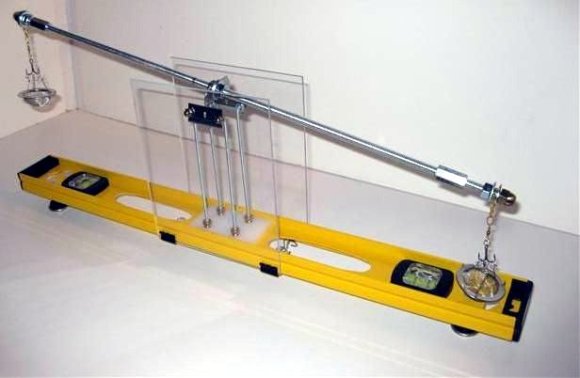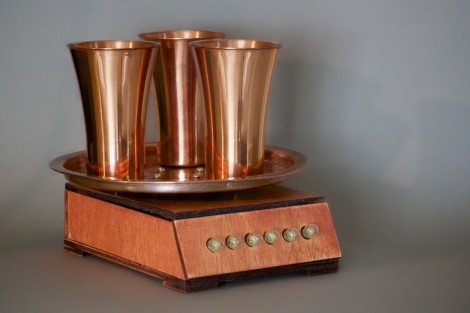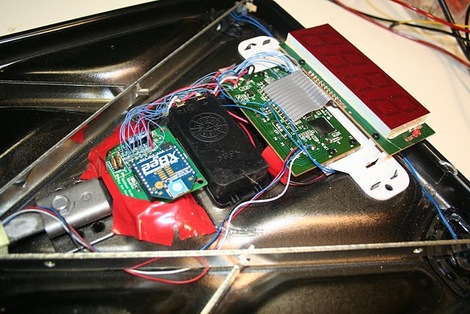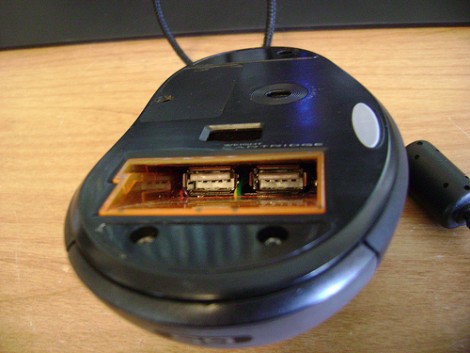For those fighting the battle of the bulge, the forced discipline of fitness bands and activity tracking software might not be enough motivation. Some who are slimming down need a little gentle encouragement to help you lose weight and keep it off. If that sounds like you, then by all means avoid building this weight-tracking IoT scale with an attitude.
Then again, if you live in fear of your scale, [Jamie Bailey]’s version is easy to hate, at least when your numbers are going in the wrong direction. Centered around a second-hand Wii Balance Board talking to a Raspberry Pi via Bluetooth, the scale really only captures your weight and sends it up to InitialState for tracking and feedback. Whether the feedback is in the form of jokes at your expense is, of course, is entirely up to you; if you’d rather get gentle nudges and daily affirmations, just edit a few files. Or if your tastes run more toward “Yo momma so fat” jokes, have at it.
Bathroom scales are a good hacking target, whether it’s reverse engineering a digital scale or eavesdropping on a smart scale. This build is snarky good fun, and if nothing else, it’s good for pranking your roommate. Unless your roommate is your husband or wife, of course. That’s just – no.

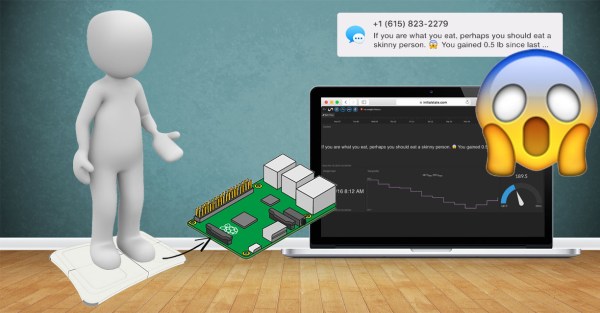

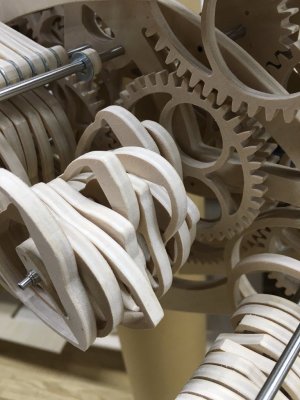 e’ve featured a lot of clock builds, but this one, as the title suggests, is frickin’ amazing. Talented art student [
e’ve featured a lot of clock builds, but this one, as the title suggests, is frickin’ amazing. Talented art student [
